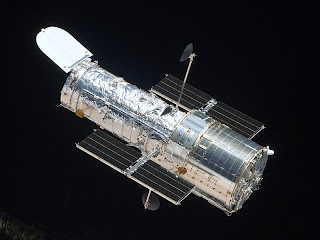A Long term
review
Like
every boy, I too had a dream to own a good looking, fast, affordable and
durable motorcycle. I learned to ride motorbikes only when I was in midterm of Degree
College. It was a friend Honda Unicorn – first generation model. The Honda
engine was extremely pep and nimble. The
feeling that day left me with something that I carry even today and maybe
probably will till the end. However, the things were not so favorable for me to
buy a new motorcycle when I was in the college, but then as someone says when
you want something with all your heart, the entire universe works to get it to
you.
It
was inevitable. I had to get a motorcycle! After struggle to get a job in the
mid of recession, here I was working as a Software Engineer in a good MNC and
earning a handsome salary. I decided to take the plunge. I was never a fan of
cruiser bikes; I always wanted fast bikes, not that I am a fast or a reckless
rider. I would rather call myself as a safe-fast rider. The only motorcycle i
could think of was the Bajaj Pulsar 220F DTSi. It was known as the “Fastest Indian”
at that time. With 21Bhp and 19Nm of torque, Pulsar 220F was indeed the “Fastest
Indian” on road at that time.
I
booked the motorbike through a sub dealer in Mira Road. I took the delivery on
my Hunter (as I call it), on 7th October. It was Dushera, a good day
to pick up the new family member. Below are the specifications of Pulsar 220F
DTSi.
|
Displacement
|
220cc
|
|
Maximum Power
|
20.8Bhp @ 8500 rpm
|
|
Maximum Torque
|
19.12 Nm @ 7000 rpm
|
|
No. of Cylinders
|
1
|
|
No. of Gears
|
5
|
|
Seat Height
|
795 mm
|
|
Ground Clearance
|
165 mm
|
|
Kerb/Wet Weight
|
150 kg
|
|
Fuel Tank Capacity
|
15 litres
|
|
Top Speed
|
134 kmph
|
Since
then it has been a part of my life or rather I would say, a part of me. Every
time I am on my motorcycle, it is like an extension of my body. Today, I have completed 37400Kms
on my motorcycle which includes daily commute to office to long bi, tri state
tours. I have enjoyed each and every moment of my ride. The powerful toque of
the engine just launches the bike from a traffic signal like a roar; you actually
have to search other bike behind you in your rear view mirrors.
Below
are the pros and cons that I have come across.
Pros:
1. 19Nm
of torque lets you take off from a standstill. Feels amazing.
2. 21Bhp
from the engine keeps you always ahead. Feels absolutely amazing.
3. Large
15 litres of fuel tank helps me skip many fuel stations while long distance
touring.
4. Extremely
ergonomic and well designed. In short looks sexy.
5. Front
fairing is extremely useful in cutting wind lash on the face and chest thus
making the rider less fatigue.
6. Projector
– High beam and Xenon – low beam head light. Turns pitch black night into a
sunny day.
7. LED
tail lamps. Well designed and visible from a long distance.
8. Digital
+ analog display console. Give a lot of information.
9. Great
after sales support. Parts are available everywhere.
Cons:
1. Rear
view mirrors need getting used to.
2. Hard
seats make your rear scream.
3. Auto
choke causes starting problem.
4. No
ABS.
5. Only
5 gears. Needed 6th one too.
Overall,
I am extremely happy with this bike. Hats off to everybody in Bajaj for bring
out such a good product at such an affordable price.







